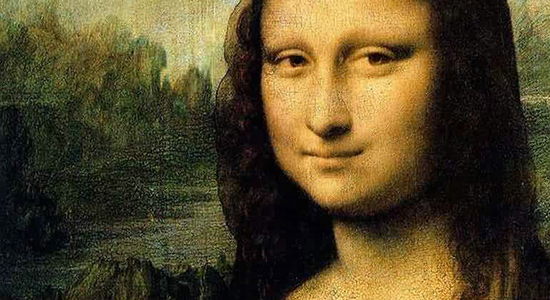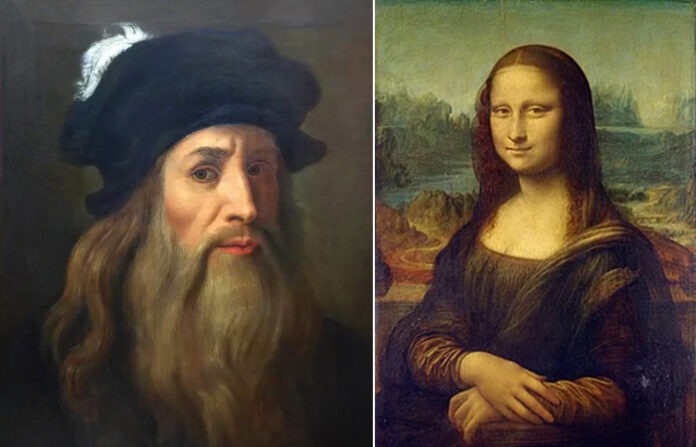We want to devote this article to the analysis of Mona Lisa, the work of art by Leonardo da Vinci “Mona Lisa”. Leonardo da Vinci began work on the Mona Lisa portrait around 1503 and continued to paint it until 1507.
This work was a decisive step in the development of Renaissance portrait art. Prior to this, the achievements of painters in the portrait were inferior to the achievements of such basic genres as compositions on religious and mythological themes. All that richness of human feelings and experiences that was present in biblical images was not reflected in portrait works.
Beginning of Mona Lisa analysis is best to start with a detailed description of the painting.
The Mona Lisa is shown seated in a chair in a landscape. The extraordinary grandeur of the image is given by the comparison of her very close figure to the viewer with the landscape visible from afar as if a huge mountain. The plastic tangibility of the figure contrasts with its smoothly generalized silhouette with a bizarre landscape stretching into the misty distance.
But first of all, the image of Mona Lisa herself attracts – her bewitching, as if inseparably following the audience, her gaze, radiating intelligence and will, and a barely perceptible smile, which gives the picture high poetry. The meaning of that smile remains a mystery to us to this day.

A light transparent veil, covering Mona Lisa’s head and shoulders, combines carefully inscribed strands of hair and small folds of the dress into a common smooth contour. This creates a very gentle and soft model of the face.
Leonardo agreed to paint for Francesco del Giocondo a portrait of Mona Lisa, his wife. He was painting it for four years.
Making the analysis of the Mona Lisa it is necessary to take into account that all its details are executed with the greatest diligence. The eyes have the same brilliance and are just as moisturized as those of a living person. Around the eyes, we see faint reddish-blue circles, and the eyelashes could only be painted with a very skillful brush. You can see where the eyebrows are wider and where they become thinner, appearing from the pores of the skin and rounding down.
Everything is as natural as it can be portrayed. Small, beautifully carved nostrils, pinkish and delicate, executed with the greatest truthfulness. The mouth, the corners of the lips, where the pink shade turns into a natural vibrant complexion, are panted so excellently that they seem not drawn, but as if living flesh and blood.
To someone who looks carefully at the hollow on the neck, it begins to seem that he is about to be able to see the pulsebeat. Indeed, this portrait is painted so perfectly that it makes any established artist, and in fact, anyone who looks at it, tremble with excitement.
The feeling of strength emanating from the painting “Mona Lisa” is a harmonious combination of inner composure and a sense of personal freedom. The great painter Leonardo da Vinci managed to bring into the image that degree of generalization that allows us to consider it as an image of a Renaissance person. This is the magic of the great realistic art of the High Renaissance.
It is not for nothing that Leonardo worked so long on La Gioconda in his desire to achieve “perfection over perfection”, and it seems that he achieved this.
In the twentieth century, the painting almost did not leave the Louvre, visiting the USA in 1963 and Japan in 1974. On the way from Japan to France, the painting was exhibited at the Museum. A.S. Pushkin in Moscow. The Mona Lisa is currently in the Louvre. An interesting fact, Mona Lisa lives in her own room in the Louvre in Paris and is protected by bulletproof glass and a special microclimate that protects her from the harmful effects of the external environment. This room was built especially for painting and cost the museum more than seven million dollars.

























